Wandering the Earth with Jan Brelih
Rambling amongst the remote wildernesses of our planet... silently listening, watching and recording. Jan Brelih shares with us his own Earth Experience...
Jan Brelih is a nomadic sound recordist and expedition co-ordinator who has traveled the world searching for the most intriguing sounds of Nature. His expeditions have taken him from deep in the old growth forests of Eastern Europe to the Himalayan plateaus, tropic island jungles in the Indo-Pacific to the heart of the remote rainforests of South East Asia and South America.
I shared some words with Jan to find out more about his lifestyle, his creative spirit and his passion for sound recording. As a field recordist that I deeply admire — I felt a great sense of calm in his communication. His experience is inspirational, mainly self-taught and with a devotional approach to his craft — Jan has produced some of the most sublime recordings of natural soundscapes I have ever heard…
What inspired you to begin field recording? Do you recall your first experience or recordings? If so, where and what were you recording?
Since I was a kid, I was into music, and with developing such a passion, I started to play and mix vinyl in my room. That gradually developed into being a full-time DJ in my teenage years, and later also producing electronic music. As I grew older and gained more wisdom, I changed the lifestyle of being up all night in banging discotheques to doing more sports and outdoor activities. I started traveling to "escape" my life here, do healing, grow and expand my awareness about the world. By that time, I was now a passionate mountain biker traveling around Europe becoming involved with some eco-conscious, off-grid projects. During all this time I still had my interest in the music/sound deep inside, but I was so far from that old lifestyle that I stopped imagining I would ever come back to such passion. I was becoming very much an outdoor person staying a lot in nature starting to wild camp pretty much everywhere. One day, when traveling and volunteering in Portugal with my girlfriend at the time, I somehow came up with an idea — what if I started to record all these interesting sounds of the natural world around me while camping and staying in the wild? I went to an audio shop in Lisboa to buy me a small Zoom H1n recorder. When cycling along the wild Pacific coast, I was trying to capture those powerful ocean waves and mountain forest ambiences and it felt good. This is how, in short, it started, the long journey of passion, sacrifice and dedication.
Looking back now, each aspect of my early life is now intertwined with and has positive attributions to my current work as a field recordist making expeditions into wild places. For example in the physical aspects — my climbing helps me navigate tough terrains, the mountain biking skill translates into using motorbike to access remote jungles, all the wild camping has enabled me to be so capable and learn about staying in the wild...
“If you wake me up today in the middle of the night and tell me we are going to any of the most remote place in the world, I can be packed and ready in one hour!”
You work in very remote environments, often alone, venturing into some of the world’s most wild, isolated, and endangered natural habitats. How much preparation and planning goes into organising these trips and what role does your intuition play in navigating your adventures?
Honestly, sometimes it can be a bit chaotic — as is my nomadic lifestyle — in many cases not knowing where I will be in the next month. So, I am not the person who needs to actively plan a certain expedition one year before. But I am slowly changing my approach and utilising a much more clear and stable approach, introducing more stability in my everyday life and work. Still, because of experiencing such a challenging and intense nomadic lifestyle, I have mastered the quick and efficient experience, tactical thinking and planning for making any field trips happen. Kind of like a special force, always ready and capable of performing a mission. If you wake me up today in the middle of the night and tell me we are going to any of the most remote place in the world, I can be packed and ready in one hour! So far, I have successfully undertaken each expedition made without any big safety issues or problems.
The expedition to Usun Apau came as a final trip to end my 7-month Southeast Asia journey — I was traveling around Thailand and Cambodia national parks to record sounds. I didn't know anything about this area or have any data, but in a few weeks, I have made it a reality and ended up successfully visiting and documenting it.
“Intuition plays a crucial role once I'm in the field. After years of experience, I've developed a sense for identifying optimal recording locations. Sometimes this means veering from the planned route when I notice a particular terrain feature or hear something interesting. This intuitive approach has led me to some of my most valuable recordings. Intuition also helps you to stay safe and know if this is the right choice to be following right now.”
That being said, in general, I start by studying satellite imagery and topographic maps, looking for geographical features that suggest unique acoustic environments away from human civilisation. I then research any accessible scientific papers and local data to understand what challenges I might face and to learn about the area as much as possible before. Mostly the areas I am interested in are so remote and unexlored that information is very scare or nonexistent. Logistically, it involves planning routes, transportation options and some nearby place to act as base. My field work often takes me to places where there are no marked trails. Part of it can be also securing any required permits, arranging local guides when needed, and preparing all my gear.
Intuition plays a crucial role once I'm in the field. After years of experience, I've developed a sense for identifying optimal recording locations. Sometimes this means veering from the planned route when I notice a particular terrain feature or hear something interesting. This intuitive approach has led me to some of my most valuable recordings. Intuition also helps you to stay safe and know if this is the right choice to be following right now.
Your latest collection of recordings made in the Sarawak rainforest in Borneo — how was this project formed? What guided you to want to record here in this environment?
The Heart of Borneo project, particularly the Usun Apau expedition, began when I was exploring satellite maps of Sarawak's interior and noticed this amazing plateau formation with dramatic cliff edges. On satellite maps it was all huge forest areas which is a rare sight to see there now... Since my 5 months in Thailand and Cambodia, I was somehow not completely satisfied enough by all the soundscapes I had captured there. I wanted to go into a vaster tropical rainforest with different ambiences. The more I researched this first completely unknown place, the more fascinated I became with this remote volcanic plateau that remains largely unexplored and unknown. What particularly drew me was the potential for unique soundscapes—it was one of the most pristine and remote areas you could find in this part of the island.
Getting there was pretty challenging finding transport and driving for 8 hours on treacherous logging roads, then a difficult multi-day trek through dense jungle to reach the plateau at 1,000 meters elevation. But those obstacles are precisely what has kept the area so pristine. The three nights I spent camping on the plateau yielded some of the cleanest, most remarkable jungle recordings I've ever captured—from spooky cicadas that sound almost mechanical to the calls of hornbills echoing across valleys.
This trip was a final and great contribution of recordings for my new upcoming sound library named Jungle Textures — a comprehensive selected collection of all the tropical places I have visited and documented so far.
“The jungle never sleeps, and even in the night there are always some animals and insects making constant noise (sometimes even more than during the daytime), while in European forests at night there is almost a complete eerie silence, only disturbed by an occasionally broken branch in the distant dark forest. “
You seem to possess a phenomenal confidence and such admirable experience in the field. Where did you learn these techniques for mapping and navigation?
My navigation skills developed gradually through years of practical experience travelling to Europe primeval forests (we have many in Slovenia) and slowly to more faraway tropical places. I didn't receive formal training but instead built these abilities through a combination of self-education and simply practicing it a lot in the field.
What's been most valuable is developing the ability to read natural terrain features on the field and also understand how these appear on maps. In many such wild areas, trails often don't exist. You need to read and identify ridge lines, terrain, waterways, and vegetation patterns to navigate. Such knowledge can't really be taught in a classroom to a full extent — it comes from spending a profound time in wilderness settings, sometimes making mistakes, getting lost and having to problem-solve in challenging situations. Also, physical fitness and situational awareness are important, and since I was a mountain biker and climber, I have always maintained that level of readiness.
You have visited some of the most remote locations on Earth. This question may seem naive — but do you ever get scared out there all alone in the unknown?
Mostly not. I have developed such outdoor skills and also a profound connection to the wild nature that it has become like home to me. Mostly I can truly relax and enjoy immersing myself when I'm very far inside the wilderness. Think of tribal people, they are not even familiar with such fears as we modern humans are — for them it is just home. Achieving such an ability feels very liberating. I would say sometimes it can much more dangerous to walk on a city street today, although thankfully my country, Slovenia, is still a very safe place.
One interesting thing I have to say is that it feels scarier in my country's primeval forests than somewhere deep in the jungle when sleeping out in the dark night. I have become aware of this and tried to analyse why that is, and so far, I have concluded that this might be due to the sound factor. The jungle never sleeps, and even in the night there are always some animals and insects making constant noise (sometimes even more than during the daytime), while in European forests at night there is almost a complete eerie silence, only disturbed by an occasionally broken branch in the distant dark forest. Another thing I'm starting to sense (especially now, returning from Asia) is that the energy in East European forests can be "heavier" and "serious." It is difficult to explain, but in the jungle, I feel lighter and more vibrant energies, while Europe is darker and moody kind of like many people here, actually! :)
To produce pristine natural soundscapes requires a great deal of time, patience, and energy. From scouting and listening for locations to recording and editing your soundscapes — could you tell me a little about your approach to processing your recordings for release—what tools do you rely on for this part of the job?
My approach to processing is guided by a commitment to authenticity. The goal is to present the soundscape as it actually exists in nature, not to create an artificial idealisation. I use a minimal processing philosophy — addressing only technical issues rather than altering the natural character.
In practical terms, I use a combination of Adobe Audition and sometimes iZotope RX for subtle cleaning of unavoidable handling noises or unwanted equipment artefacts. My rule is that if a recording requires extensive processing to be usable, it's better to exclude it from the library altogether. The most important work happens before recording — positioning microphones optimally, selecting recording times carefully, utilising my field experience, and being patient enough to wait for the right conditions rather than trying to "fix it in post.". For my commercial libraries, I also add detailed metadata, including exact location coordinates, time, weather conditions, and species identification where possible.
In terms of recording equipment, what has been your greatest purchase?
Without question, my pair of Nevaton MC59 omni microphones have been the most valuable investment. Their combination of durability, low self-noise, and natural-sounding acoustics has exceeded all my expectations. They're small enough to be deployed discreetly and can handle the extreme humidity of tropical environments. Originally, I was worried if they would perform in such use, as they were not made for outdoor use officially or tested much by a field recordist, but so far, on many multi-week tropical expeditions or winter freezing trips I have never had a single issue, not even any popping sound. Also my MixPre2 Sound Devices recorder, after so many years of intense field usage for prolonged months in tropical environments, it just keeps on working!
What's the fiercest challenge you have faced in your recording career?
I need to say that it’s not facing elephants, tigers, jaguars, snakes, or any wild animal deep in the wilderness — even if all field expeditions still presents great physical and mental challenges, the real challenge for me was/is actually finding a way to connect this creative work with reality here in everyday life and make a living. When I started to travel and record sounds, I left the comfort and financial security behind. I had a great job working in web development as a freelancer with a good company with good financial stability. I left all of this behind to follow my true desires, developing my own project — of sound and following my own intuition. That honestly was very challenging financially, and for many years I lived with very little to no money. Sometimes looking back now, it would probably be smarter just to get another official job and be able to live more "normally." But I guess it is what it is, and it made me into what I am today. Another big challenge that is still faced today is being isolated from social settings, spending lots or most of the time on my own, and not having enough people around that could share interests. Also, because I have travelled and lived more of a nomad life for the last 8 years. That is also one of the reasons why I am starting to offer such rare experiences to people who wish to join me on one of such expeditions.
Thank you Jan. It’s been such a pleasure to hear about your journey. Can you share with us a little about your current and future projects? Are you planning any further field trips in the near future?
There are so many ideas and plans — so many environments waiting to be explored and documented, yet lately I also try to stay calm and not rush into something. Mostly it is connected with the money, as so far, each amazing and successful expedition made has been self-supported. In the studio, I will be making much more thematic, unique and professional audio SFX libraries. Definitely I want to return to the Amazon Rainforest and Borneo, going even deeper inside. Also, Africa inspires me and has so much to offer. Siberia or some Arctic environments are also so interesting. Right now, I need to stay put and finish compiling my new Jungle Textures audio effects library, but I do hope for some field action soon. I really have the inspiration now to offer such rare and specific field trips to other certain people to join me. I feel inspired to share my knowledge and skills of visiting such places that I've developed so specifically during the intense years. Mostly I would invite a fellow field recordist, photographer, filmmaker, researchers ...
Yo can find out more about Jan’s work, sound libraries and expeditions via his website:
A paid subscription costs less than €1 a month — with 80% off a yearly subscription for a very limited time until the end of May
Your kind support helps me to grow my audience and continue on my creative path.
If you do like reading along and want to help support my work further — please consider sharing this post with your friends, family and followers.
Thank you for being here with me.
Mat
🌻


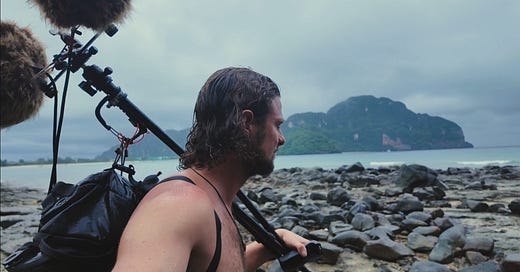

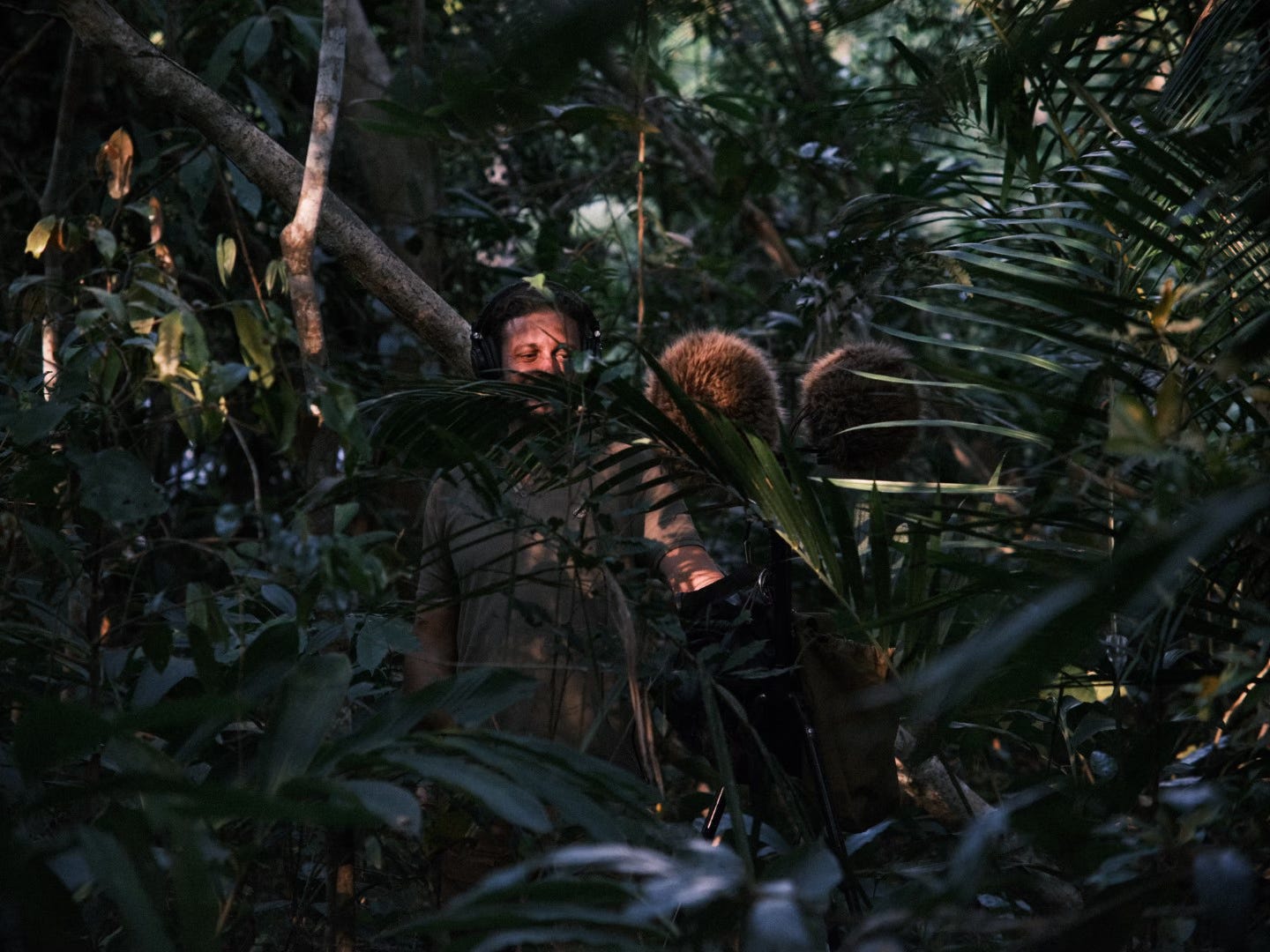

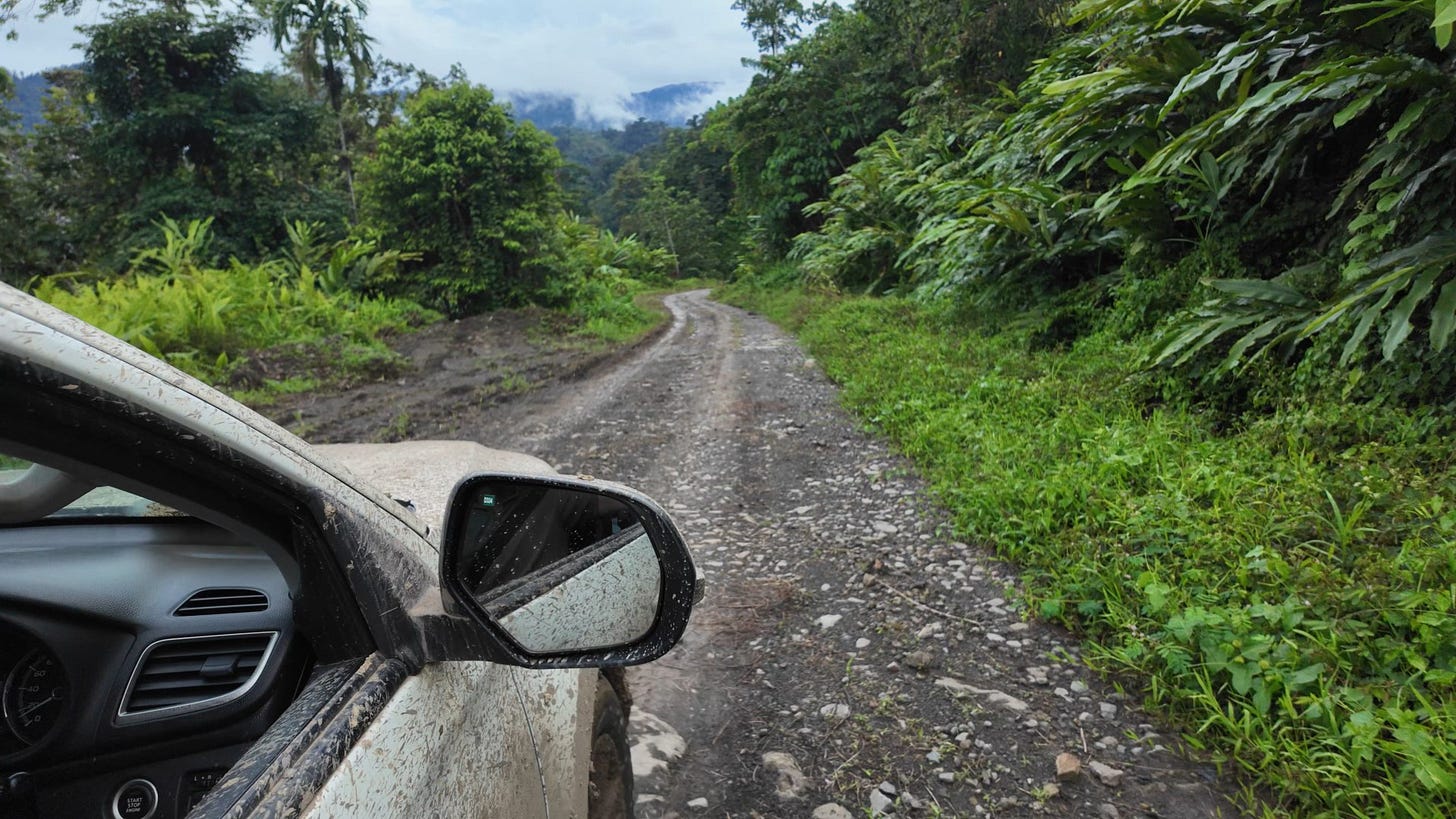
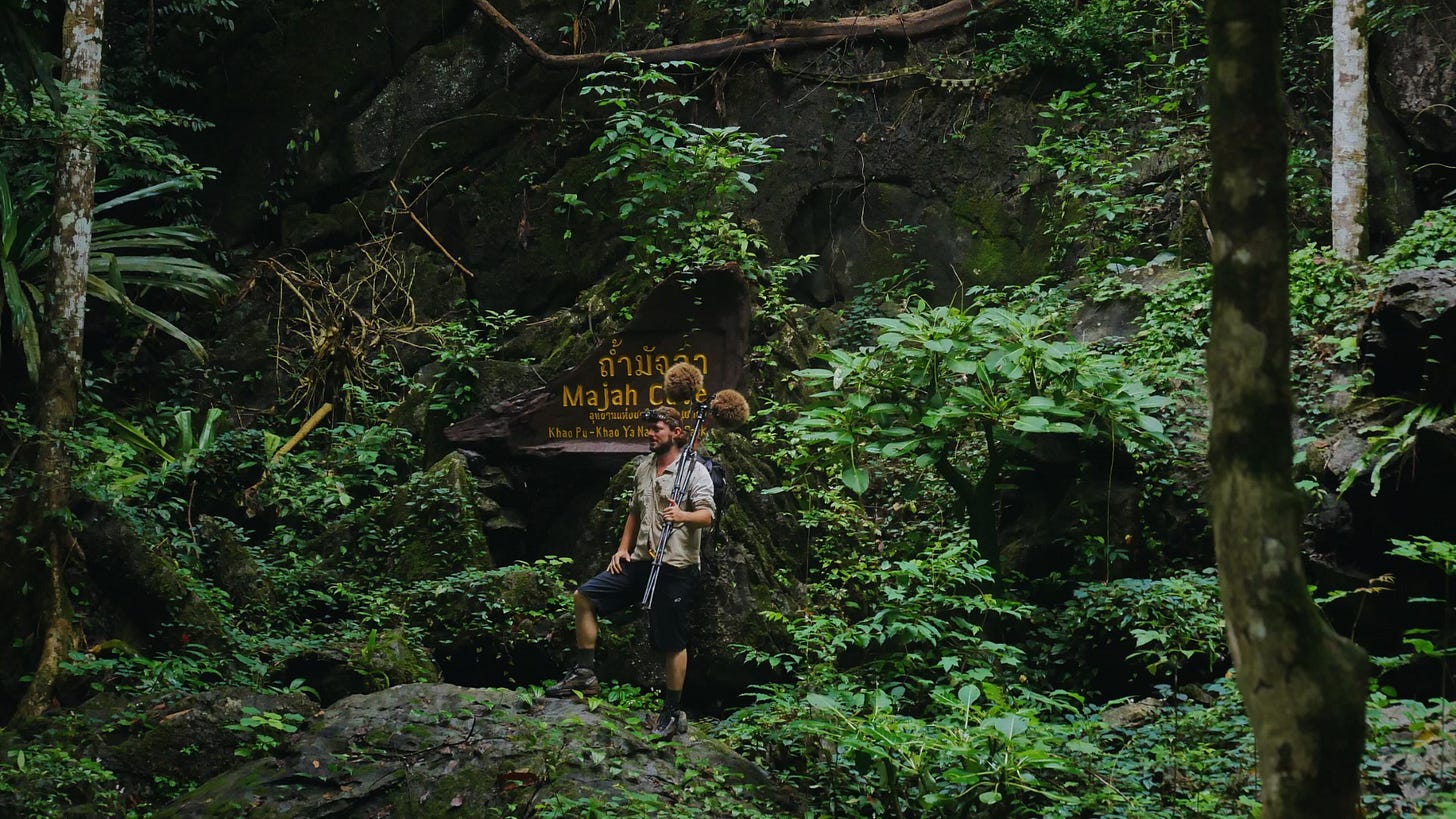
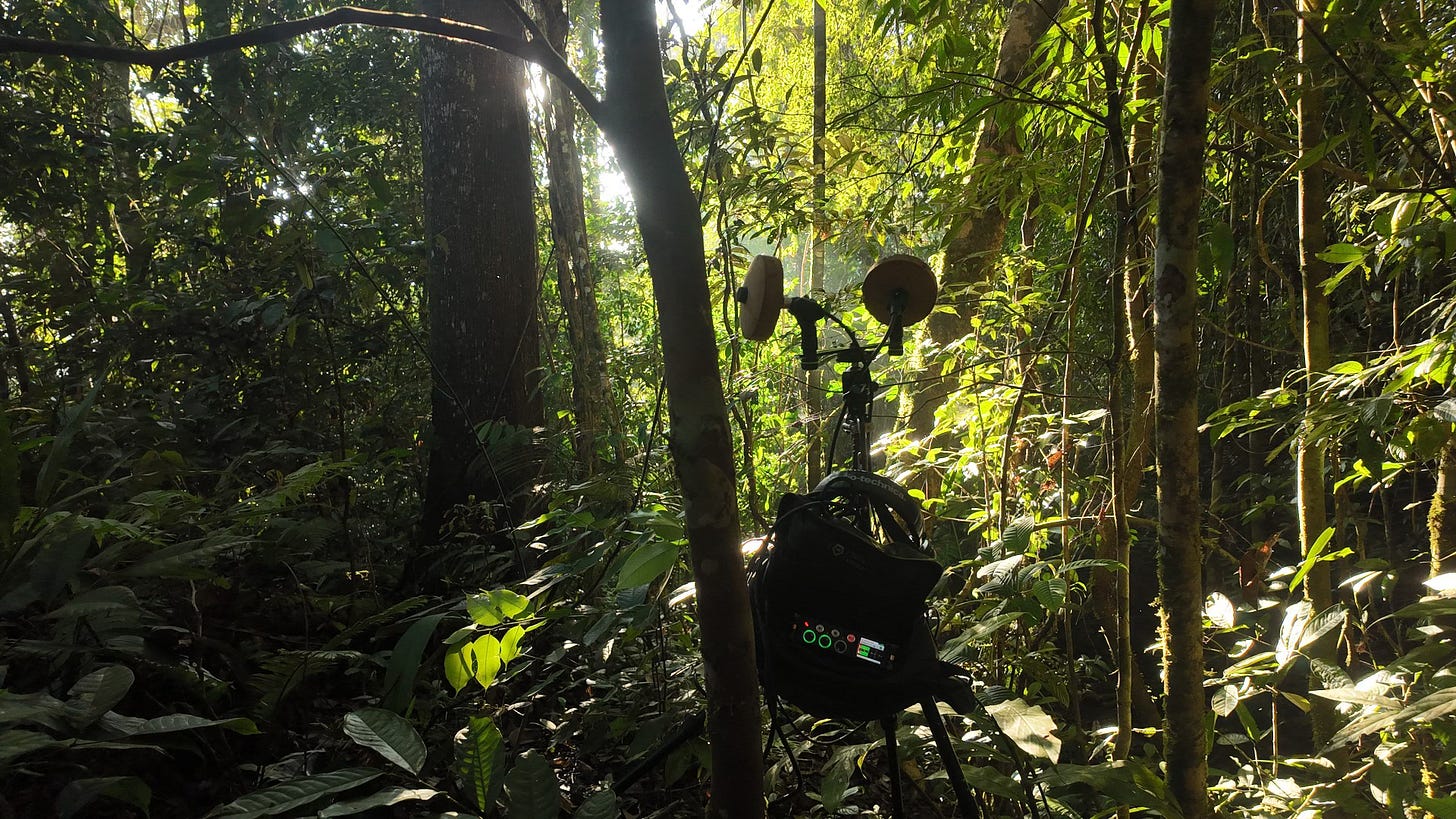

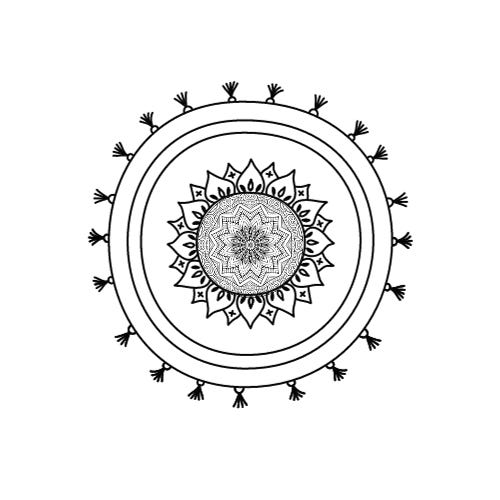
Great and inspiring to learn of Jan’s work. Thanks for continuing to deliver such worthwhile interviews in these posts.